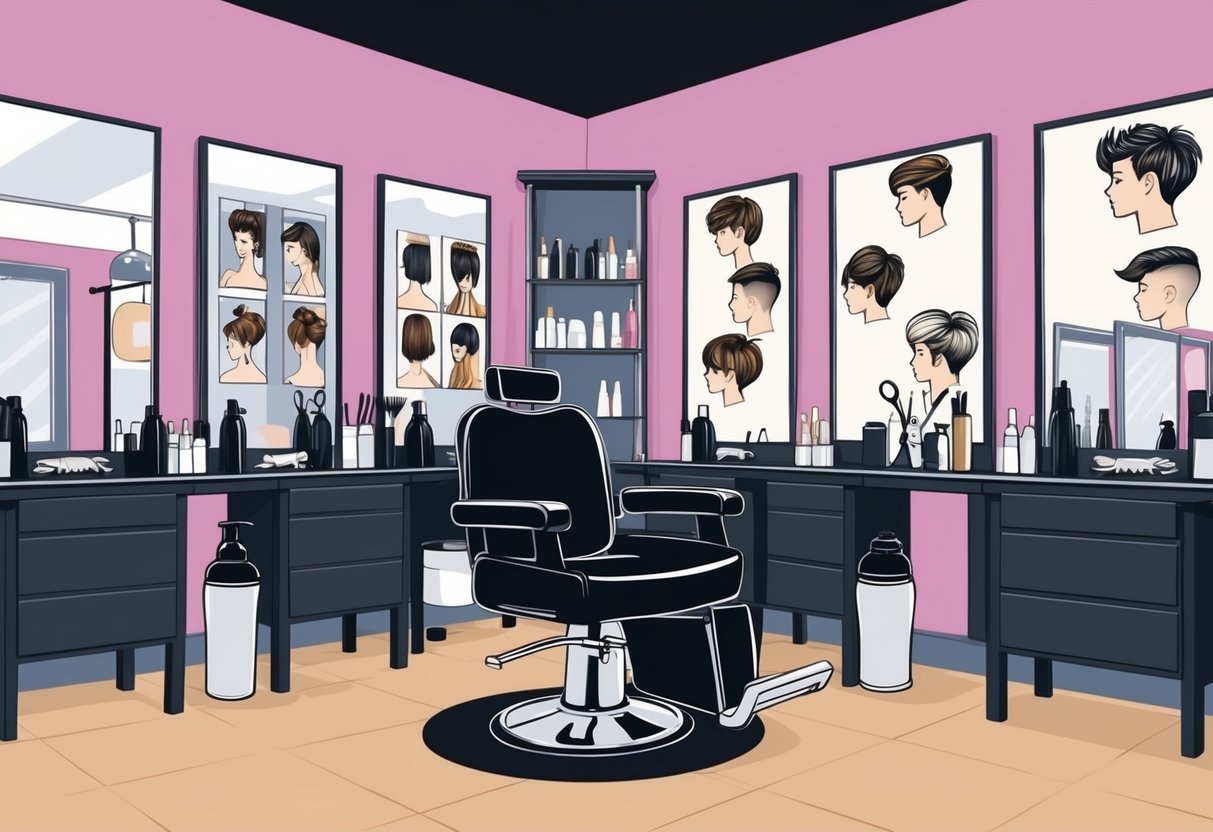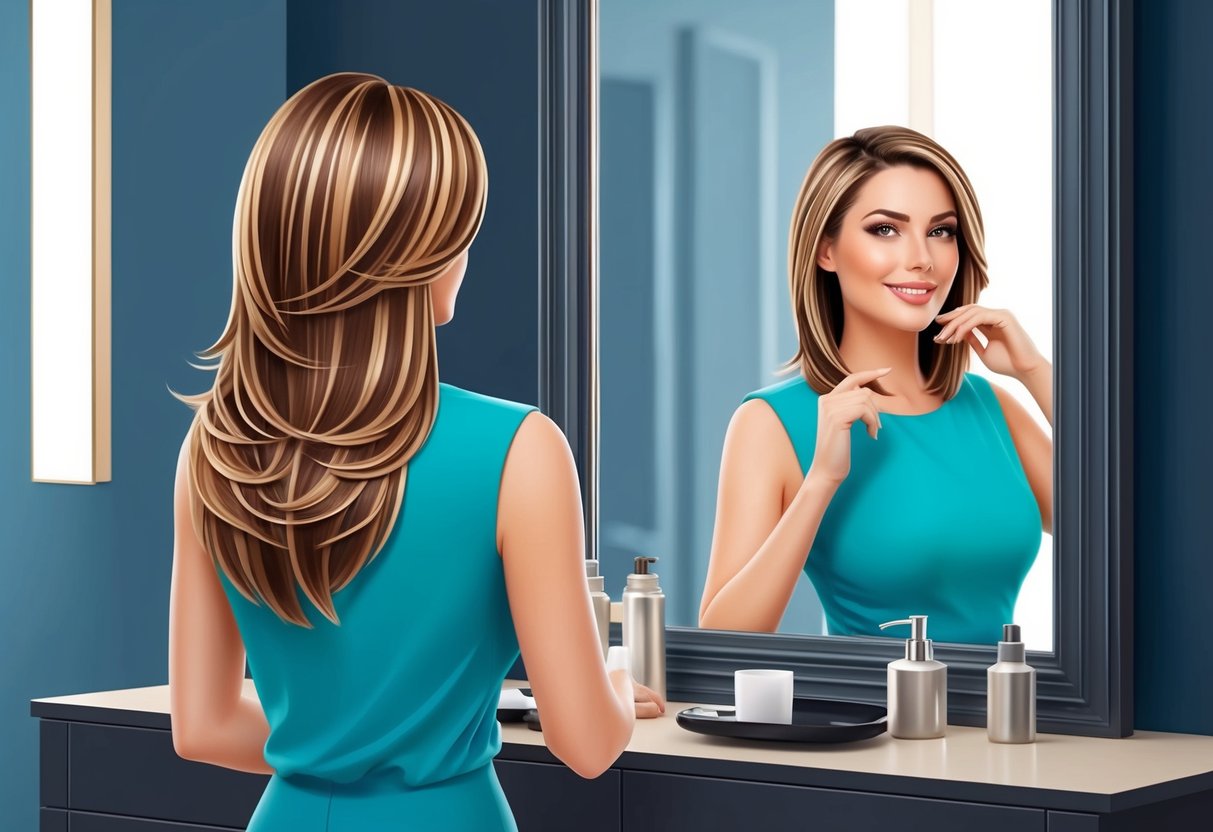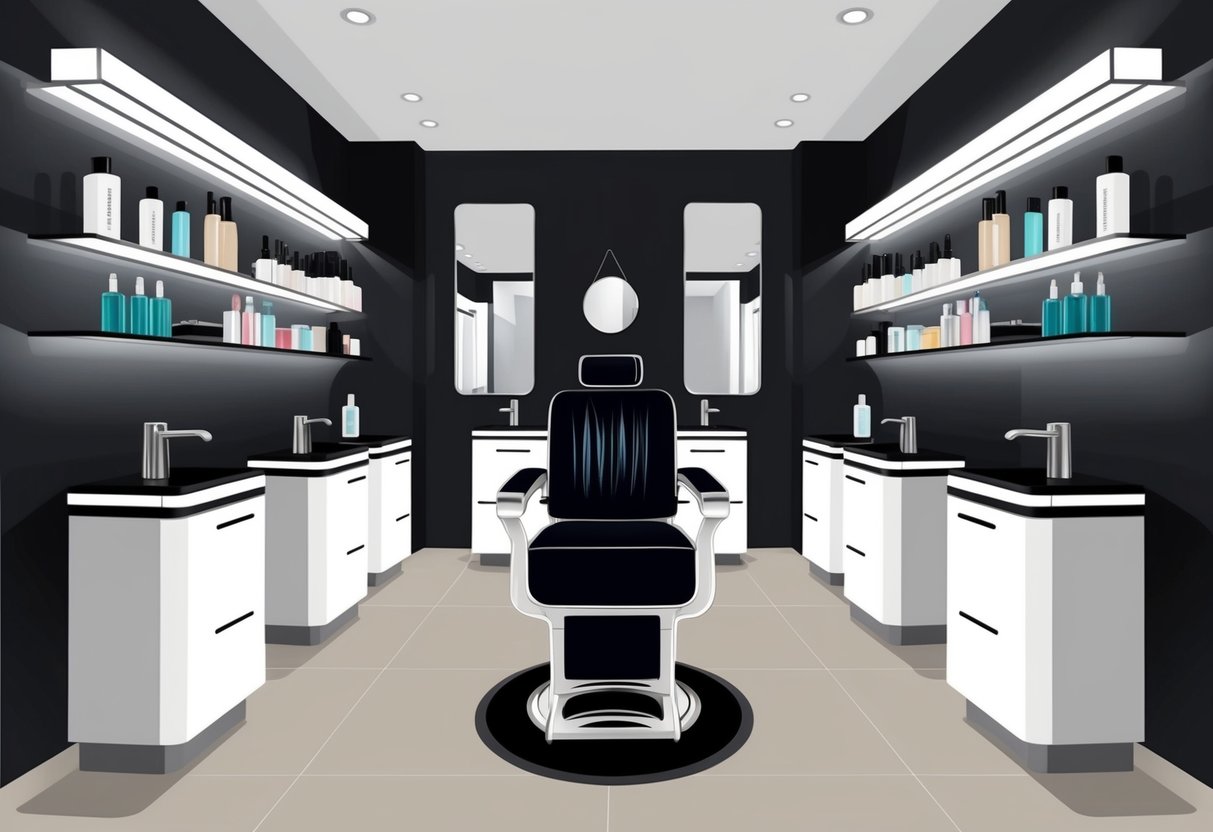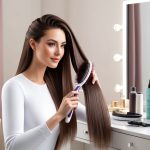
Inspiration for Different Hair Types and Textures
Finding the right haircut starts with understanding hair type and texture. Strategic choices can help anyone achieve more volume, definition, or manageability with the right style.
Cutting Fine Hair for Volume
Fine hair often lacks body, so layered cuts and textured styles are key for creating lift and fullness. Blunt bobs and soft layers cut just below the chin add structure, making strands appear denser.
Stylists may also suggest lightweight bangs or curtain bangs to further enhance volume at the crown. Styling products like mousse or volumizing sprays are crucial for holding shape.
Shorter lengths generally work better, with shoulder-grazing bobs and lobs being especially popular. Texturizing techniques at the ends create movement without making hair look sparse.
For those who want minimal maintenance, a sleek blunt cut remains a top choice for fine hair volume.
Styles for Thick Hair
Thick hair requires weight removal to prevent bulk and maintain control. Long layers, shags, and layered lobs are ideal choices for easier management.
Razor cutting or point cutting helps break up thickness and gives styles more texture. Some opt for face-framing layers, which soften dense hair and make styling simpler.
Medium to long haircuts can keep volume manageable while still showcasing natural fullness. Subtle layering techniques, like invisible layers or internal layers, prevent a heavy or boxy look.
Popular styles for thick hair include modern shags and sculpted bobs that balance density and movement, according to trendy haircut ideas.
Ideas for Curly Hair and Natural Curls
Curly hair and natural curls benefit from customized shapes that support definition and reduce frizz. Layered haircuts are highly effective, allowing curls to spring and move freely.
Deva cuts, which are tailored to each curl pattern, are a top choice for many. Shoulder-length or shorter layered cuts prevent curls from being weighed down.
Cutting while the hair is dry gives stylists more control over the final shape. Popular options for natural curls include rounded afros, curly bobs, and long curly shags.
Adding face-framing layers can also highlight facial features and create a flattering silhouette—see more examples of curly haircuts and natural curls.
Best Cuts for Straight Hair
Straight hair often looks sleek but can sometimes lack texture. Classic blunt bobs, lobs, and shoulder-length cuts remain popular because they highlight the natural shine and smoothness.
For those seeking movement, soft layers around the face or long feathered layers through the length can prevent hair from appearing flat. Adding wispy bangs or curtain bangs helps frame the face and break up straight lines.
Bold, sharp cuts such as angled bobs are also on trend, adding instant interest to naturally straight textures. Styling tools and products can help introduce a bit of wave or bend for variety, but straight hair shines with smooth, polished cuts inspired by top haircut trends.
Long Layered Haircuts With a Modern Twist

Long layered haircuts today blend classic style with updated finishing touches that add dimension, volume, and versatility. Strategic layering enhances texture and movement, making these cuts a timeless favorite for those looking to refresh their look while maintaining length.
Face-Framing Layers
Face-framing layers are a popular update for long haircuts because they instantly soften facial features and highlight the eyes and cheekbones. These subtle, graduated layers typically start just below the chin or at the collarbone, allowing for seamless blending into the rest of the hair.
This technique works especially well for straight, wavy, or slightly curly hair, adding movement without heavy bulk. It can be paired with curtain bangs for extra framing or left free-flowing for a laid-back effect.
Stylists often recommend face-framing layers to those wanting to accentuate their best facial features without committing to a drastic length change. A face-framing layered haircut can be easy to maintain and style, requiring only a round brush or flat iron to sweep the layers away from the face for extra lift and bounce.
This look suits most face shapes and gives long hair a fresh, modern outline.
Tousled Waves
Tousled waves are a top choice for giving long layered haircuts a contemporary edge and a relaxed, stylish vibe. By working with natural wavy hair or using styling tools and texturizing products, the layers help the waves fall into soft, natural-looking patterns that boost body and movement.
This style is favored for its effortless, “undone” appeal—a look that signals confidence and chic simplicity. Tousled layers are particularly beneficial for those with finer hair, as they create the illusion of greater volume and thickness when paired with long layers.
The layered cut allows waves to cascade at different lengths, making hair look fuller and more dynamic. For detailed tips and ideas on styling wavy layered hair, enthusiasts can find inspiration from a variety of layered haircut styles for long hair.
Textured Ends
Textured ends are a defining feature of many modern layered haircuts. This cutting technique removes bulk from the tips and creates soft, feathered edges, giving long layers a weightless, airy appearance.
The result is less heaviness at the bottom and a more fluid transition from root to tip. Textured ends are ideal for those seeking a style that feels lighter, grows out well, and needs minimal maintenance between trims.
They suit almost any hair type and can be combined with soft layering for subtle movement or more dramatic, choppy cutting for an edgier look. Stylists may use razors or point-cutting shears to achieve varied lengths and separation at the ends.
This approach not only boosts the dynamic movement in the hair, but also works especially well for individuals looking to maintain their length while modernizing their layered haircut with a fresh edge. See more ways to achieve textured movement and volume with long layers.
Maintaining and Styling Your New Haircut

A fresh haircut is only the beginning of an updated look. Keeping hair healthy, using the right styling products, and knowing how to adapt your hairstyle for daily life or special occasions are essential steps for long-lasting style and confidence.
Regular Trims for Healthy Hair
Scheduling regular trims prevents split ends and keeps the haircut’s shape sharp. Precision haircuts especially benefit from maintenance every 4 to 6 weeks, as this ensures clean lines and a polished appearance.
Even when growing out hair, trimming every 6-8 weeks helps avoid breakage and uneven growth. People with layered styles or shorter cuts, such as bobs and lobs, will notice their style is easier to manage with consistent trims.
Routine updates help the hair look fresh and vibrant even between salon visits. To maintain both the health and the original vision of the cut, following a trim schedule is crucial. Learn more from advice on haircut maintenance.



